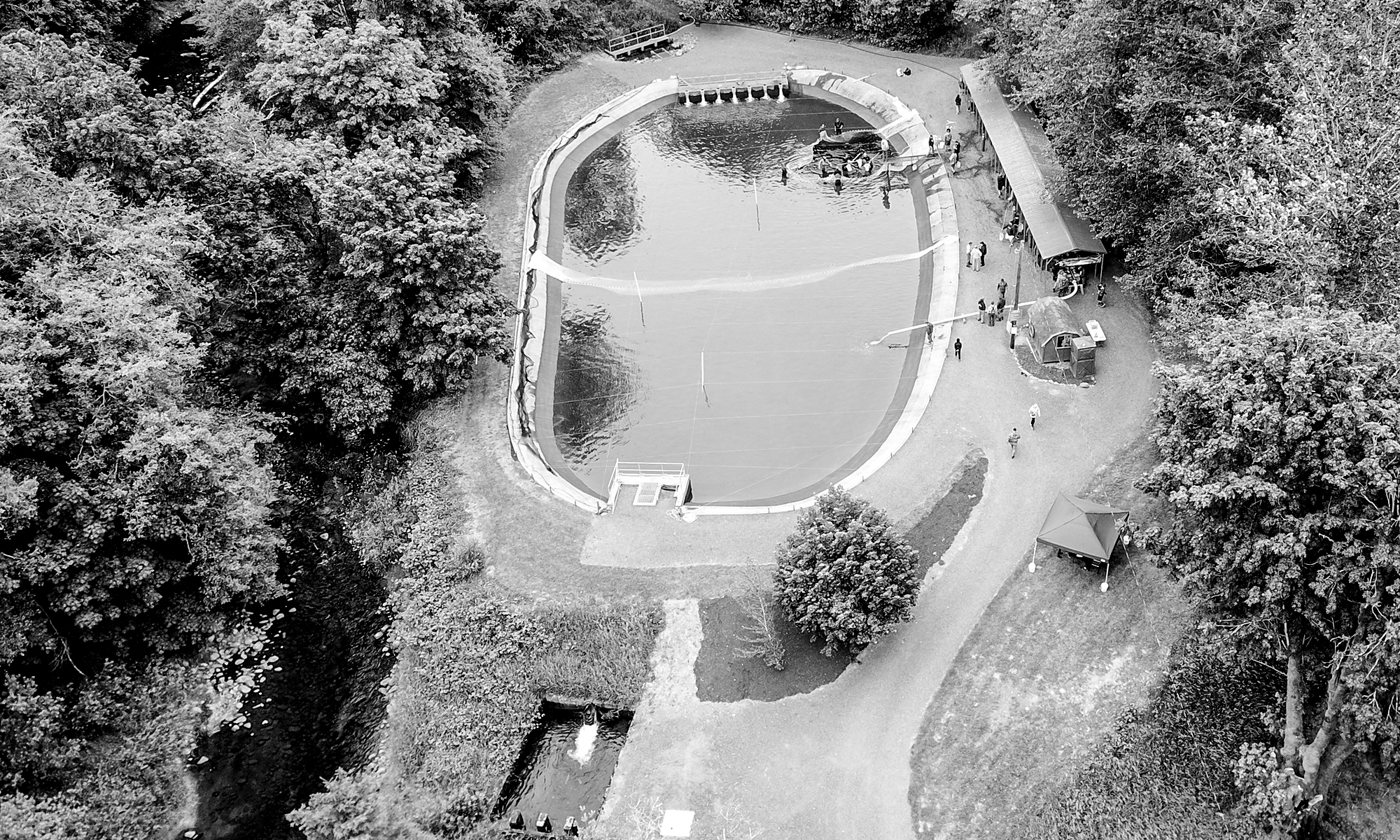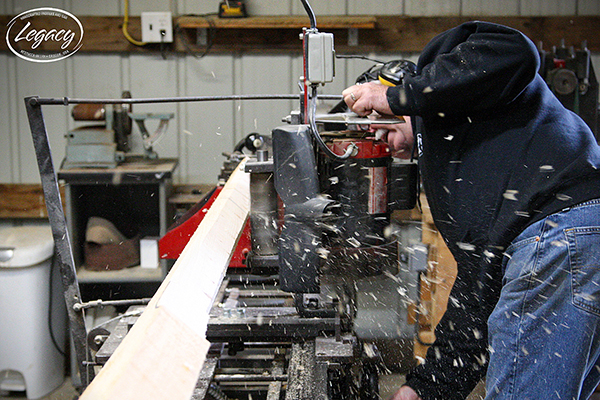“Sometimes It’s Just Worth Carrying On”
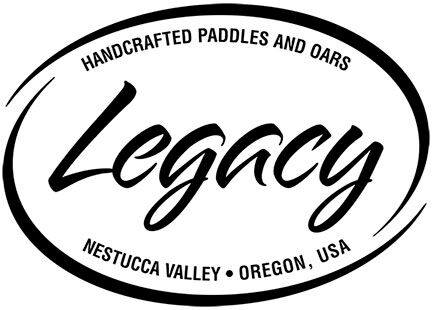
Chances are if you are reading this you are familiar with the history of the Pacific City, Oregon Dorymen’s Association. Pacific City Dorymen’s Association (PCDA) is one of Oregon’s most active 501(c)3 charitable non-profit organizations and will soon be celebrating its 25th anniversary. PCDA continues to stand strong after the recent losses of legendary (Co-founder’s) and still today strives to protect, defend and promote the traditional culture and economic values of the dory fleet.
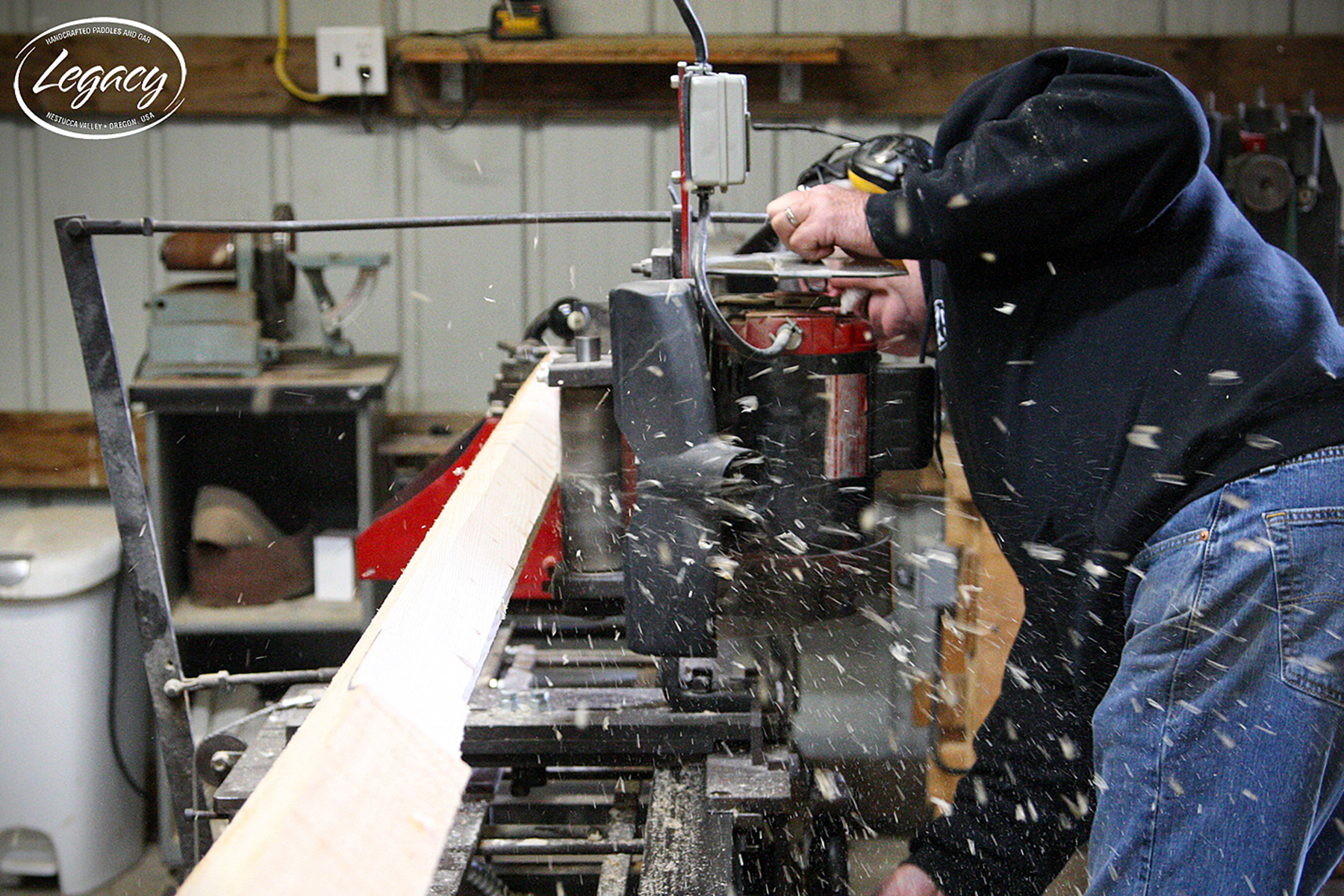
The Hanneman / Learned oars were legendary. They made over 200 sets of oars in 40 years. Unfortunately, with Paul’s failing health, the Oar Machine fell silent and sat motionless in the barn; gathering rust, grime and dust. The history of the machine is fuzzy. It started as an oar lathe for making oars for the Navy prior to WW II. Then sold to a man in Bay City who used it for making cedar floats for gill nets and crab pots. Then found its way to Paul and Terry in Pacific City.
In 2012, Linfield University completed an extensive historical study on the contemporary role of dorymen and the dories in the life of the coastal village of Pacific City, Oregon. In this study, Linfield posted detailed historical notes on how both Paul Hanneman and Terry Learned purchased and modified a homemade lathe from the 1930’s to design a high demand dory oars.


Paul Hanneman had spoken with Dave Gordon before Paul’s death and told him of his wish for Dave to take the oar machine and continue. Unfortunately, before the machine could be moved and restored Paul passed away. Also at this time, Terry had moved to Alaska. This meant Dave and future partner Jon were on their own to figure out how to restore and run the Oar Machine and make quality oars.
Jon Warren and Dave Gordon had become friends over beers; Dave serving, Jon drinking at the local pub. In those conversations they each learned of the other’s appreciation of good wooden oars (from rafting days) and a wish of being able to build wooden oars.

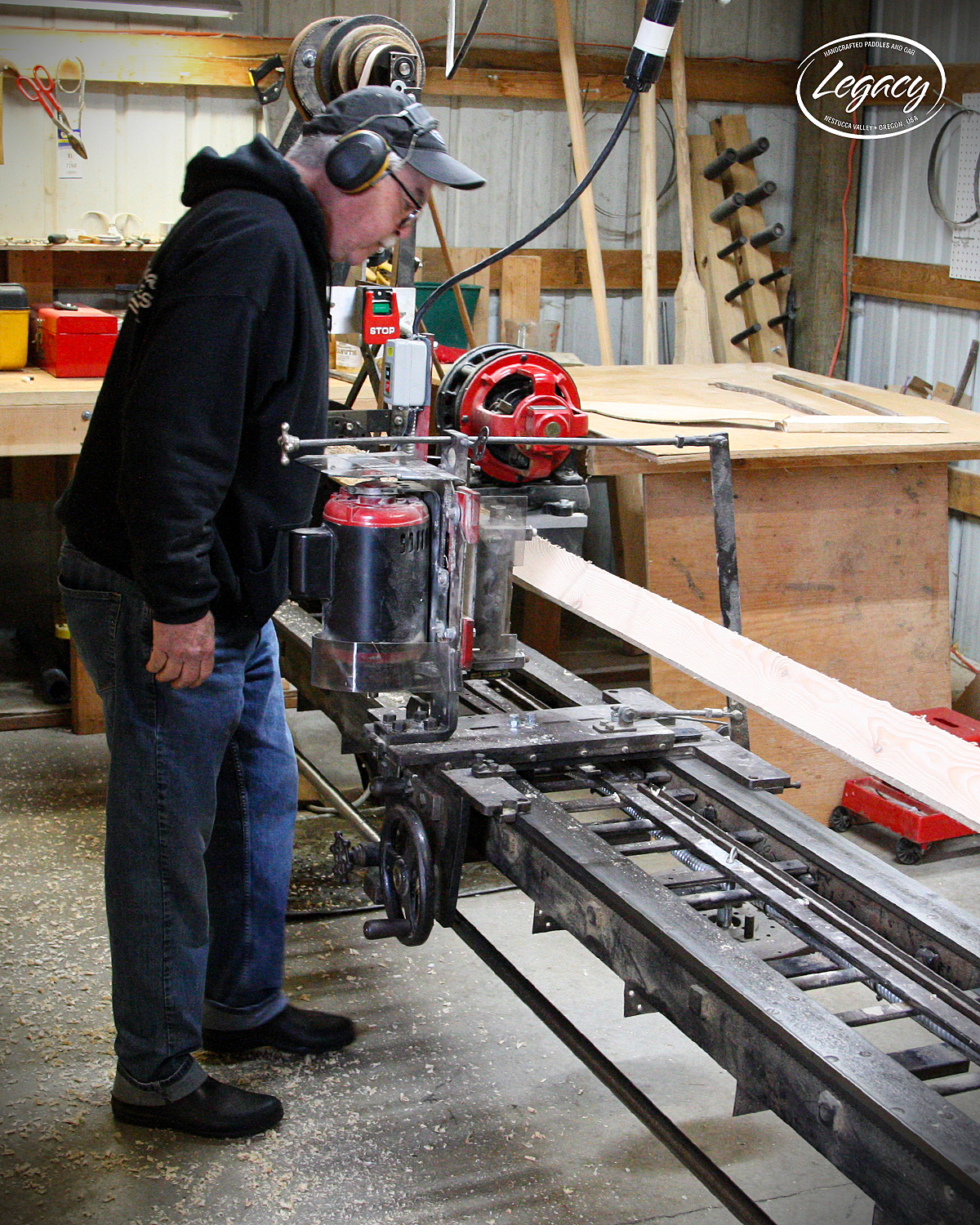
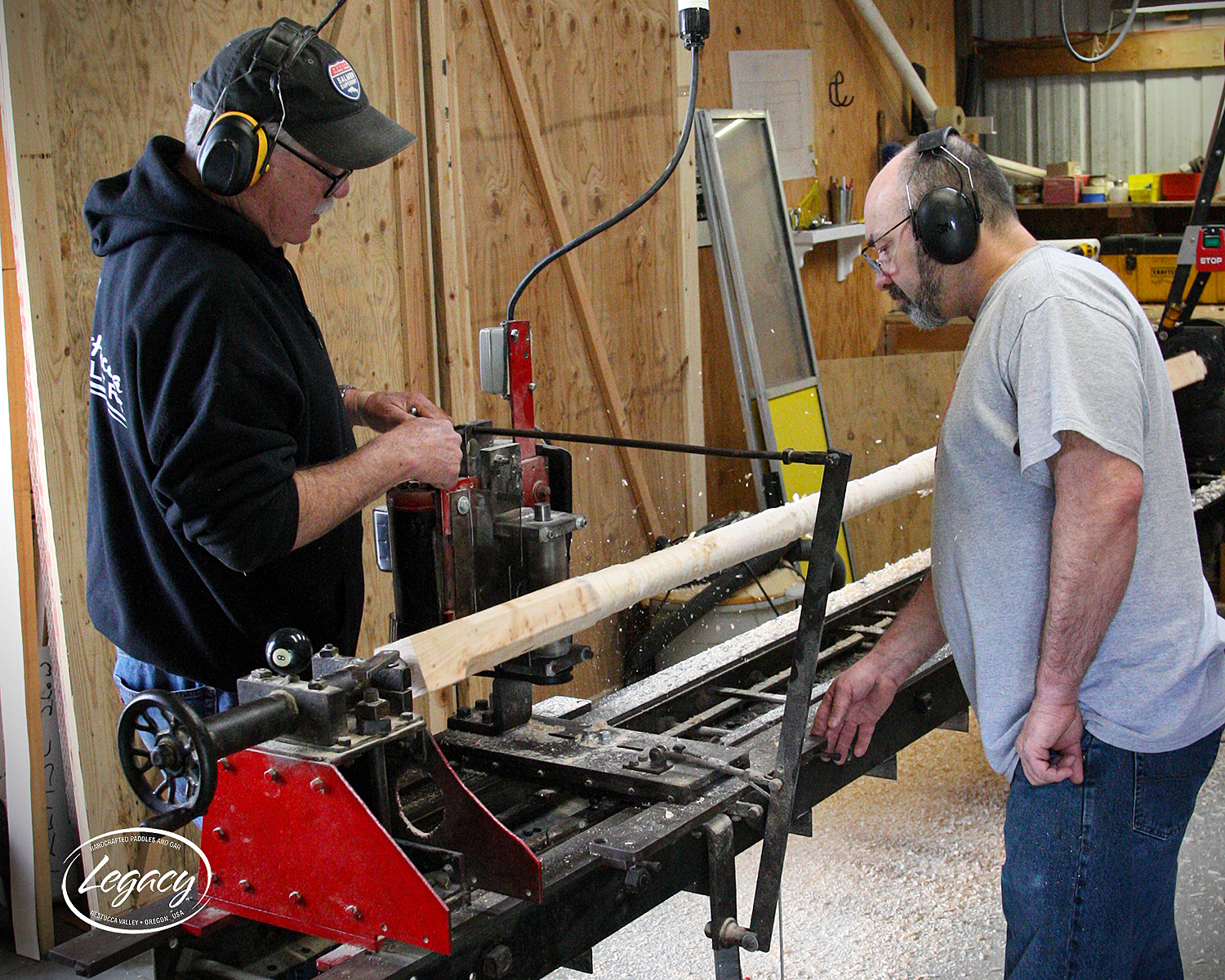
The Dave/Jon phase of the machine started with moving it to Jon’s barn in Cloverdale. Then came many months of disassembly, scrapping off gunk, cleaning, and rebuild. One of the significant parts of the rebuild was the motor. When the machine started life, it ran off of a Jack Shaft (central pulley systems once used in machine shops). When moved from the machine shop, a motor was installed. During Dave’s research of the motor, he found it had originated at the Hudson House used to pump water. Dave’s research and reading of blogs also lead him to the key as to how to get the motor to run in the opposite direction — needed for how Jon and Dave had the machine set up.

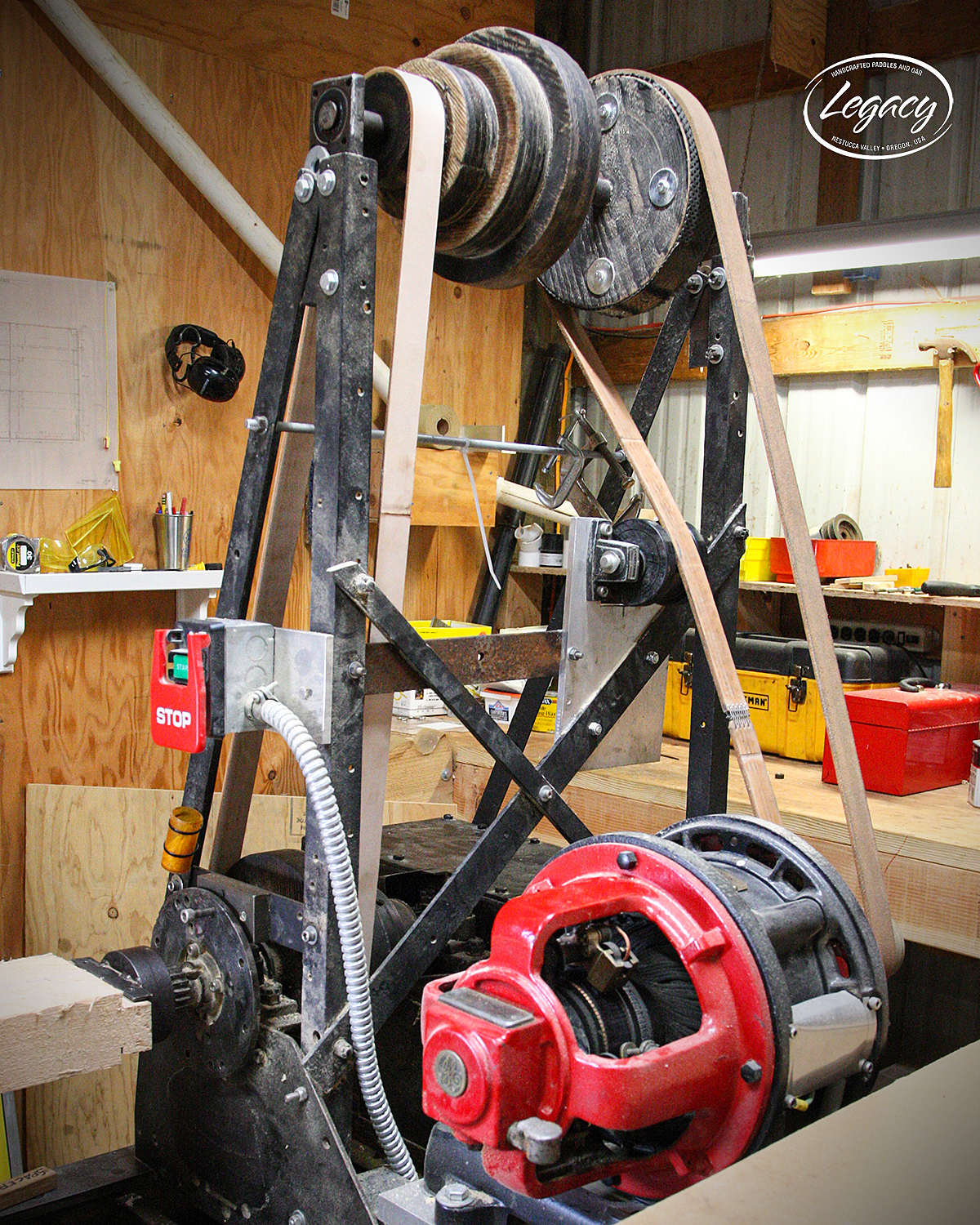
The rebuild highlighted to Jon and Dave the intricacies of the design; wooden pulleys with leather belts, pattern forms the cutting head follows to make consistent tapers. It took nearly a year, 13 tries and the creation of a lot of sawdust and firewood, before Jon and Dave made their first good oars.
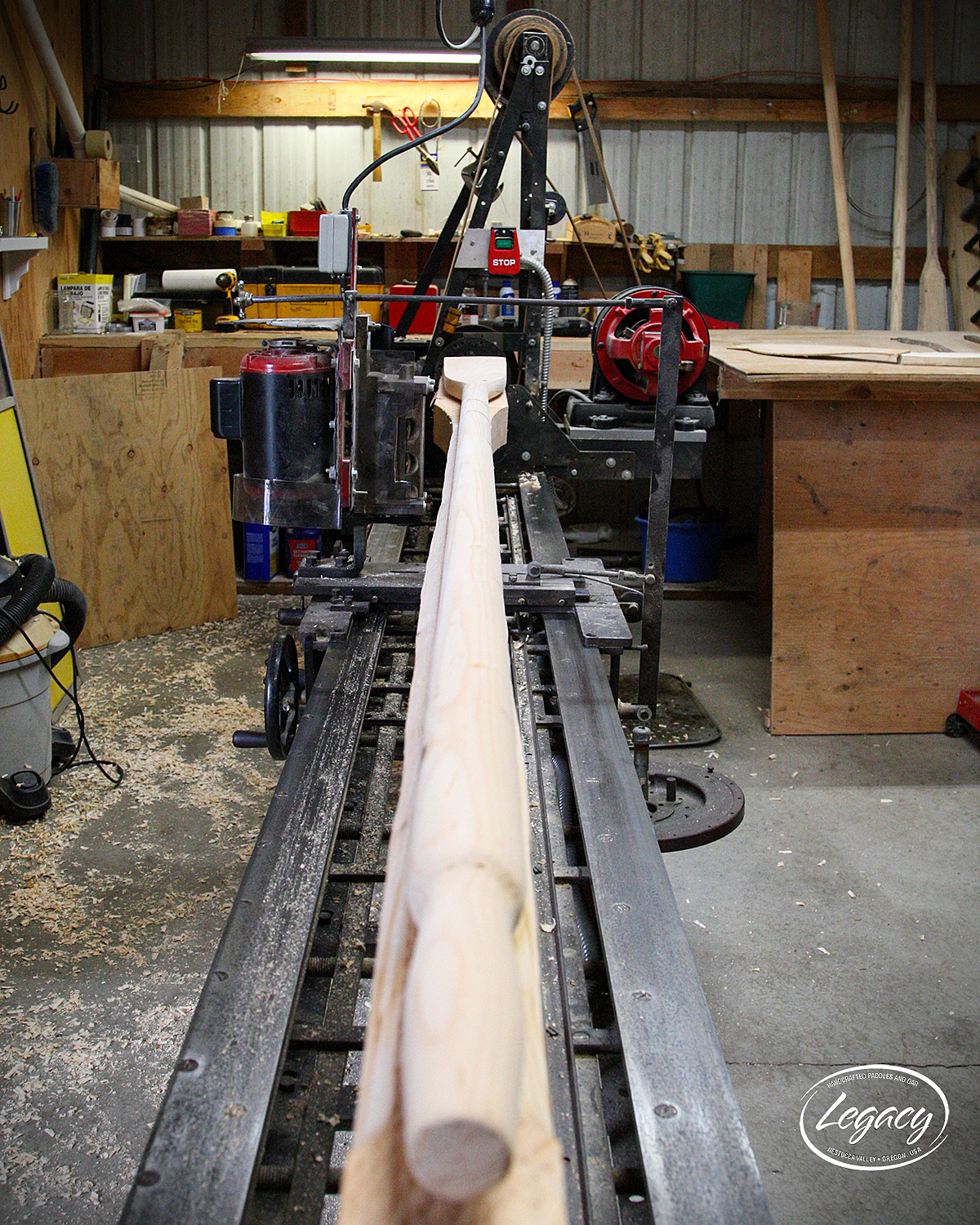
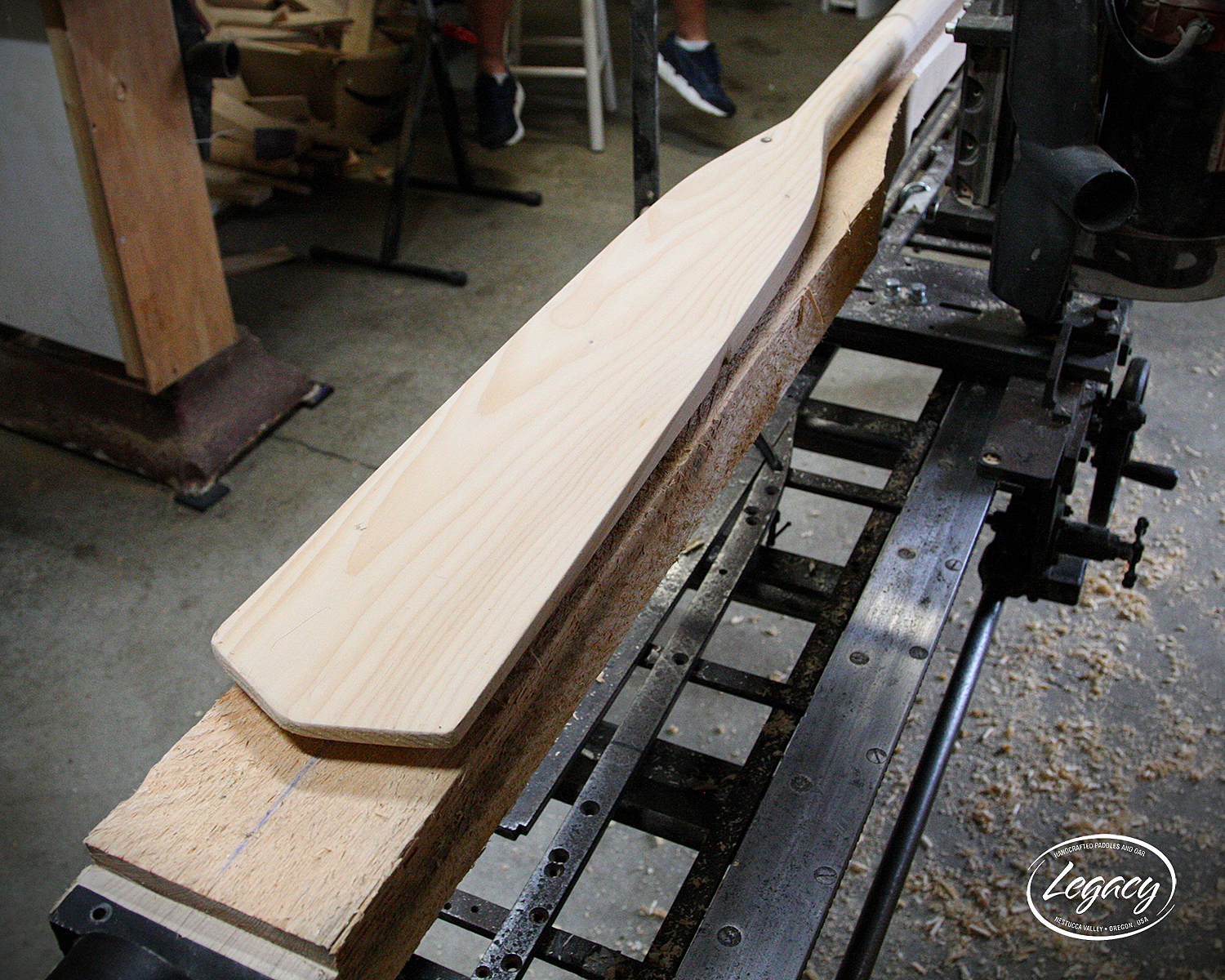
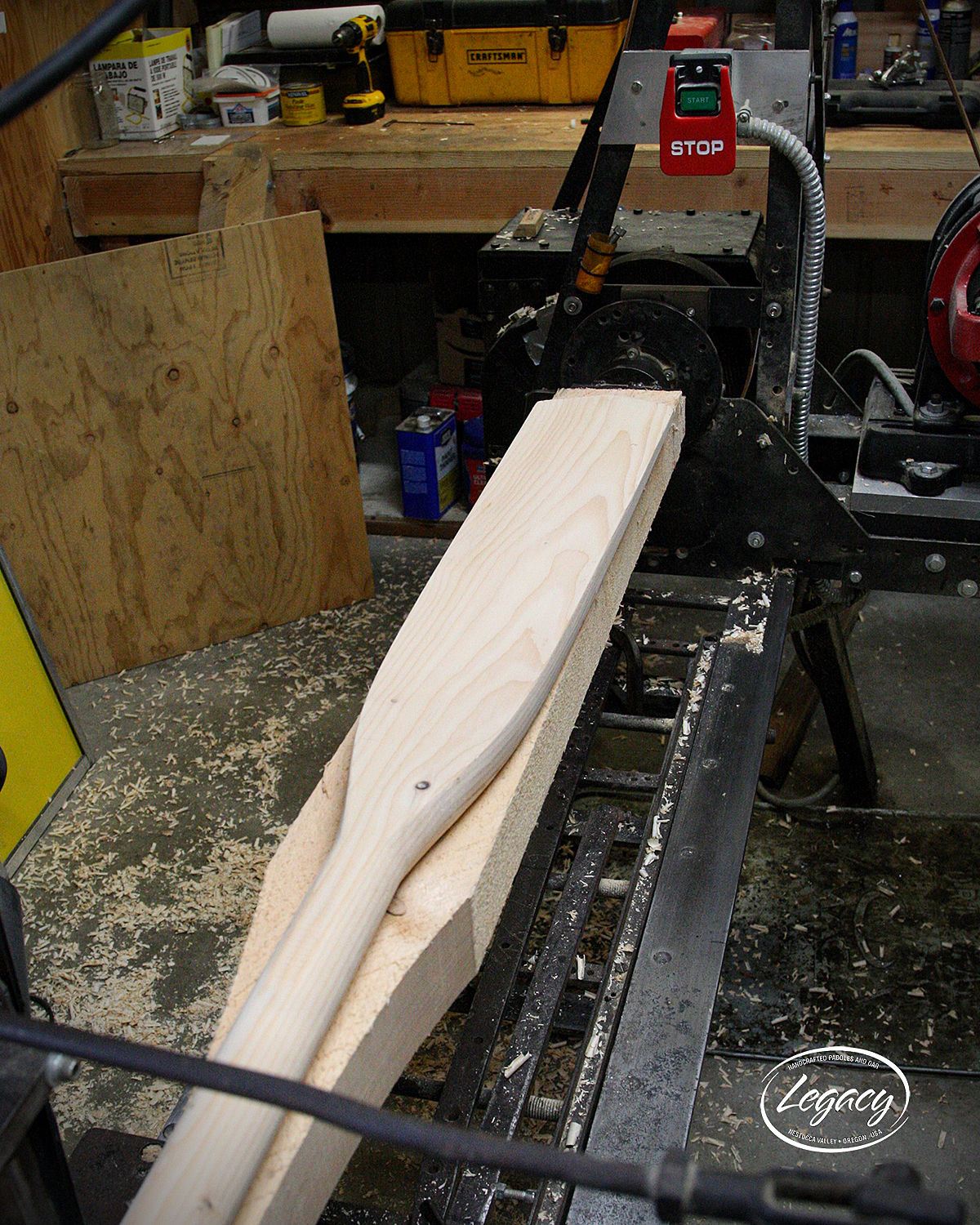
When you talk with Jon he will tell you “I have been building machine tools most of my adult life and this was truly a challenge for Dave and I to understand how this machine works. It is an Old Lady. Some days it is hard to get it to move. She is noisy, cranky and needs lots of TLC. But we love making really high quality oars on this Legacy Tool.
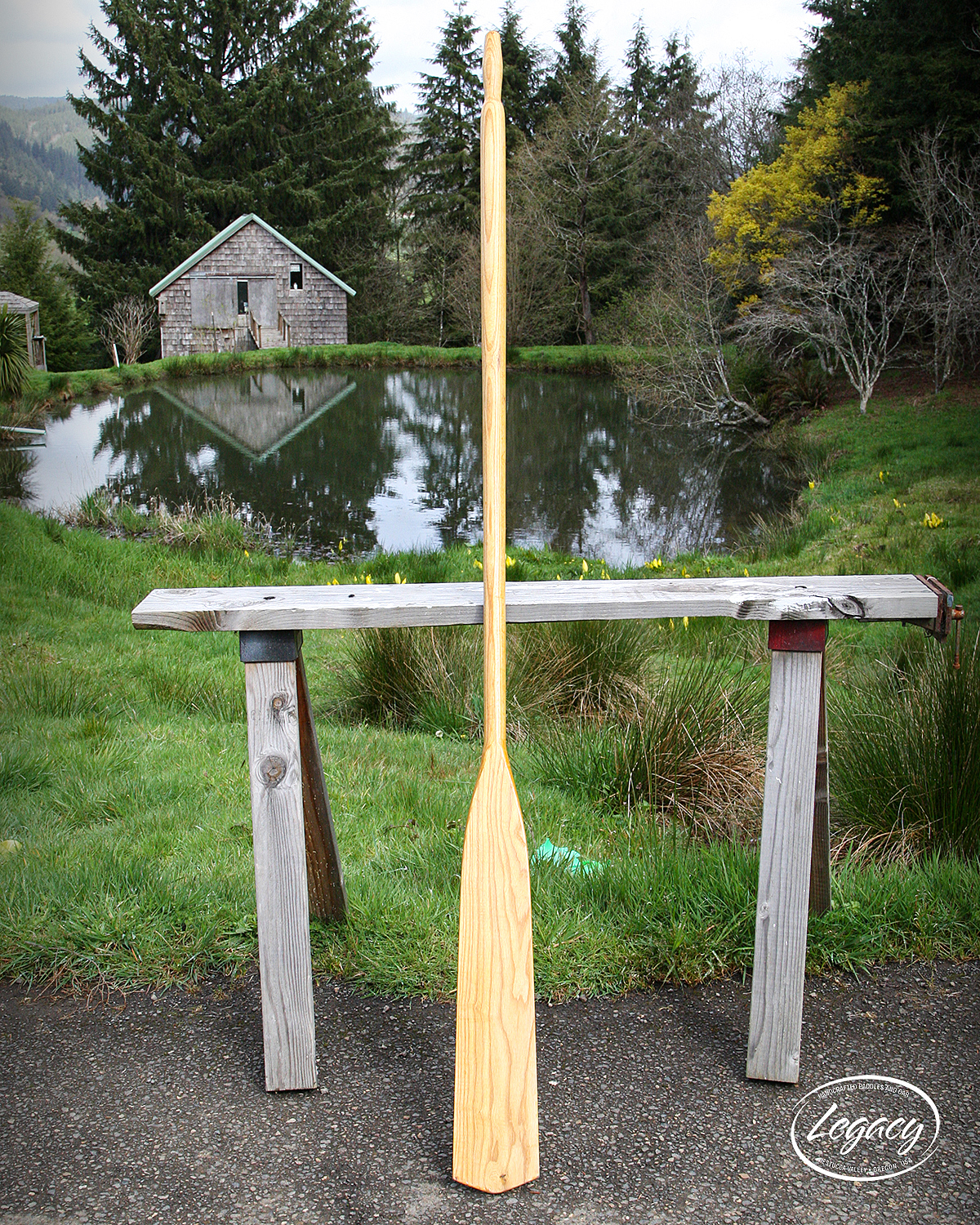
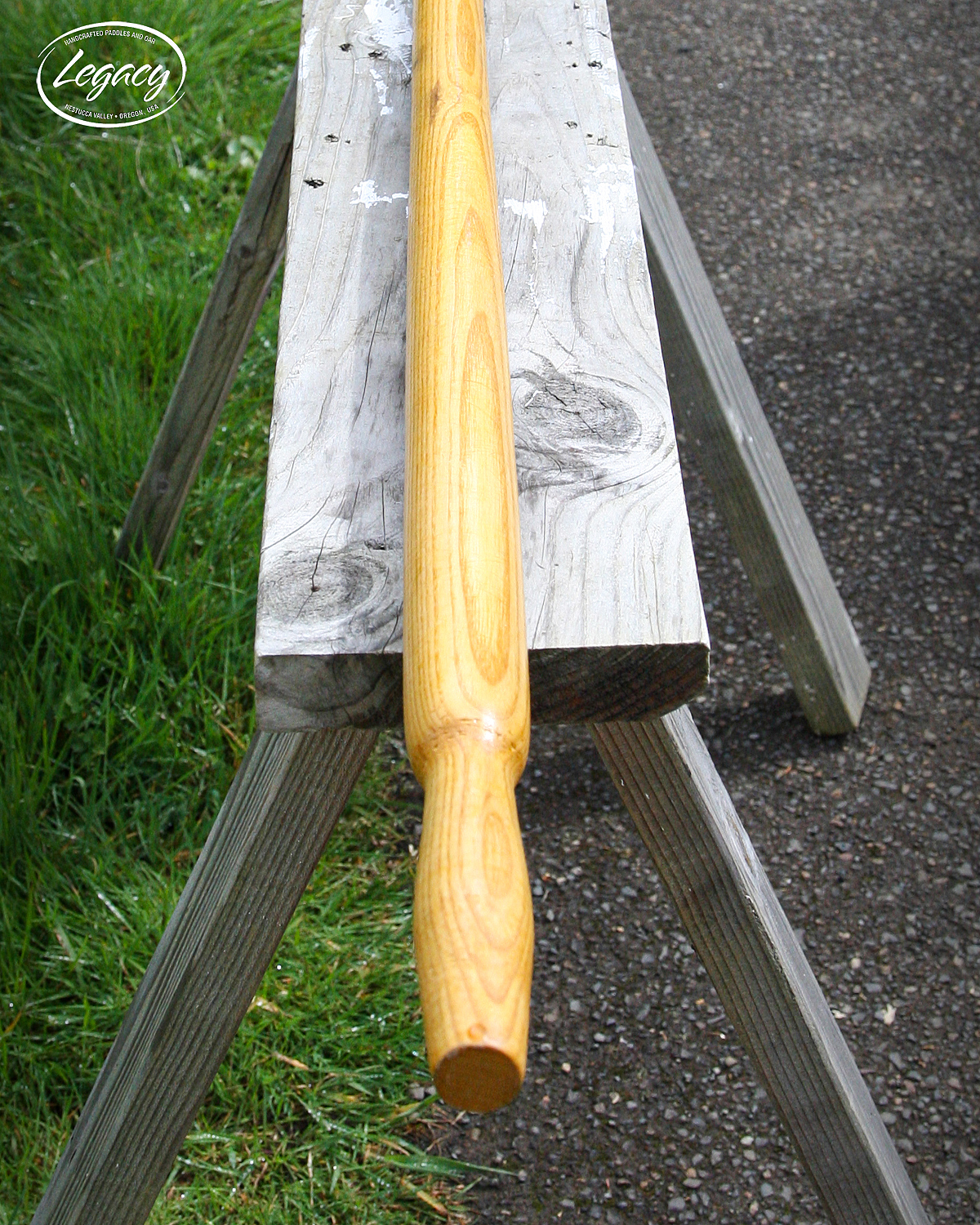
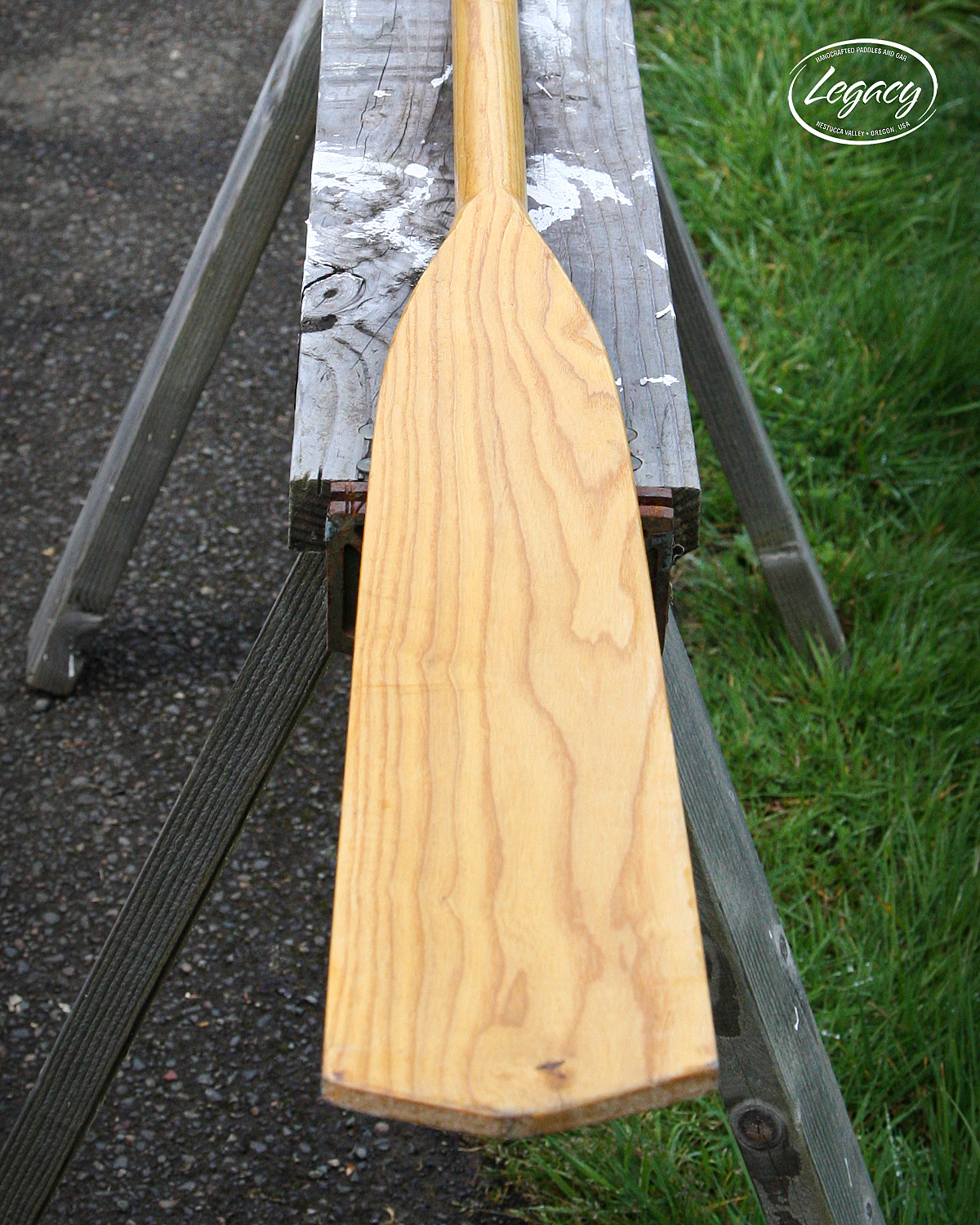
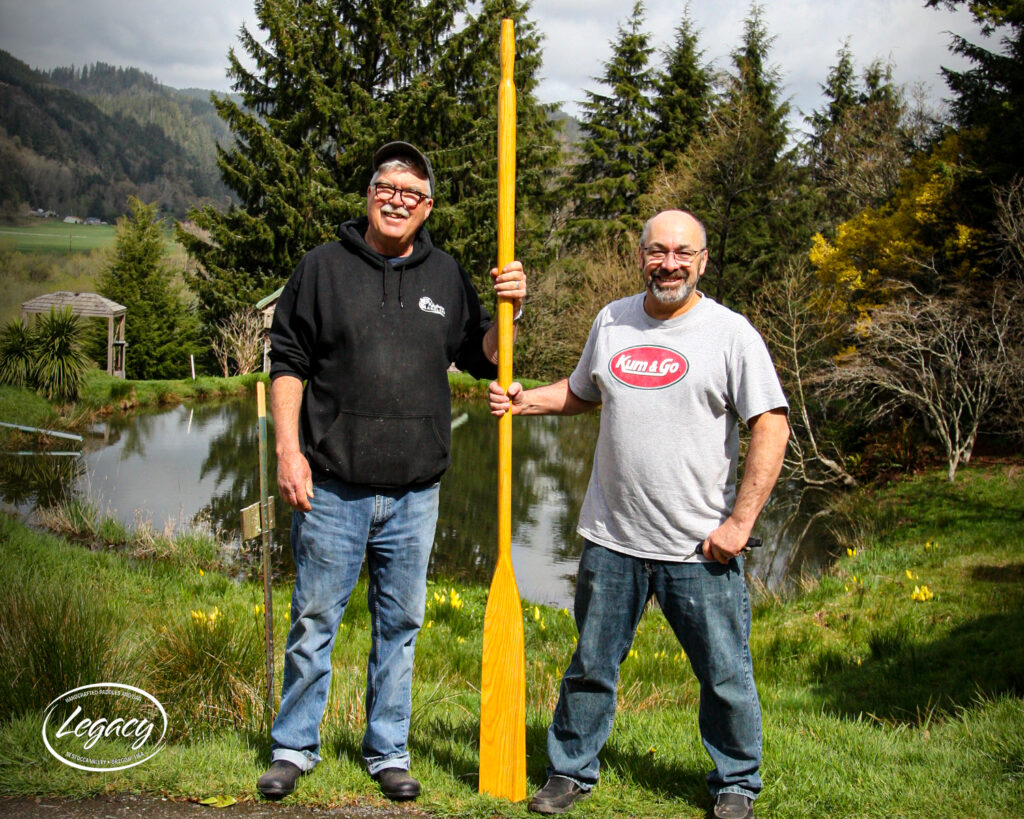
(5) LIVE VIDEOS: Courtesy of Nestucca Anglers
1) Jon (VIEW HERE)
2) Dave (VIEW HERE)
3) VIEW HERE
4) VIEW HERE
5) VIEW HERE
View/Download Full Article: Courtesy of Nestucca Anglers
1) PDF Full Article DOWNLOAD HERE
References:
Legacy Oars – https://www.facebook.com/Legacy-Oar-2792018594168013/
Email: legacyoar@gmail.com
Pacific City Dorymen’s Association – https://pcdorymen.com
Linfield University – https://digitalcommons.linfield.edu/dory/
Nestucca Anglers – https://nestuccaanglers.com
Facebook: https://www.facebook.com/Nestucca-Anglers-1471198389809823
Article, Photo Credits:
Don Toedtemeier – Nestucca Anglers
Jon Warren/Dave Gordon – Legacy Oars
